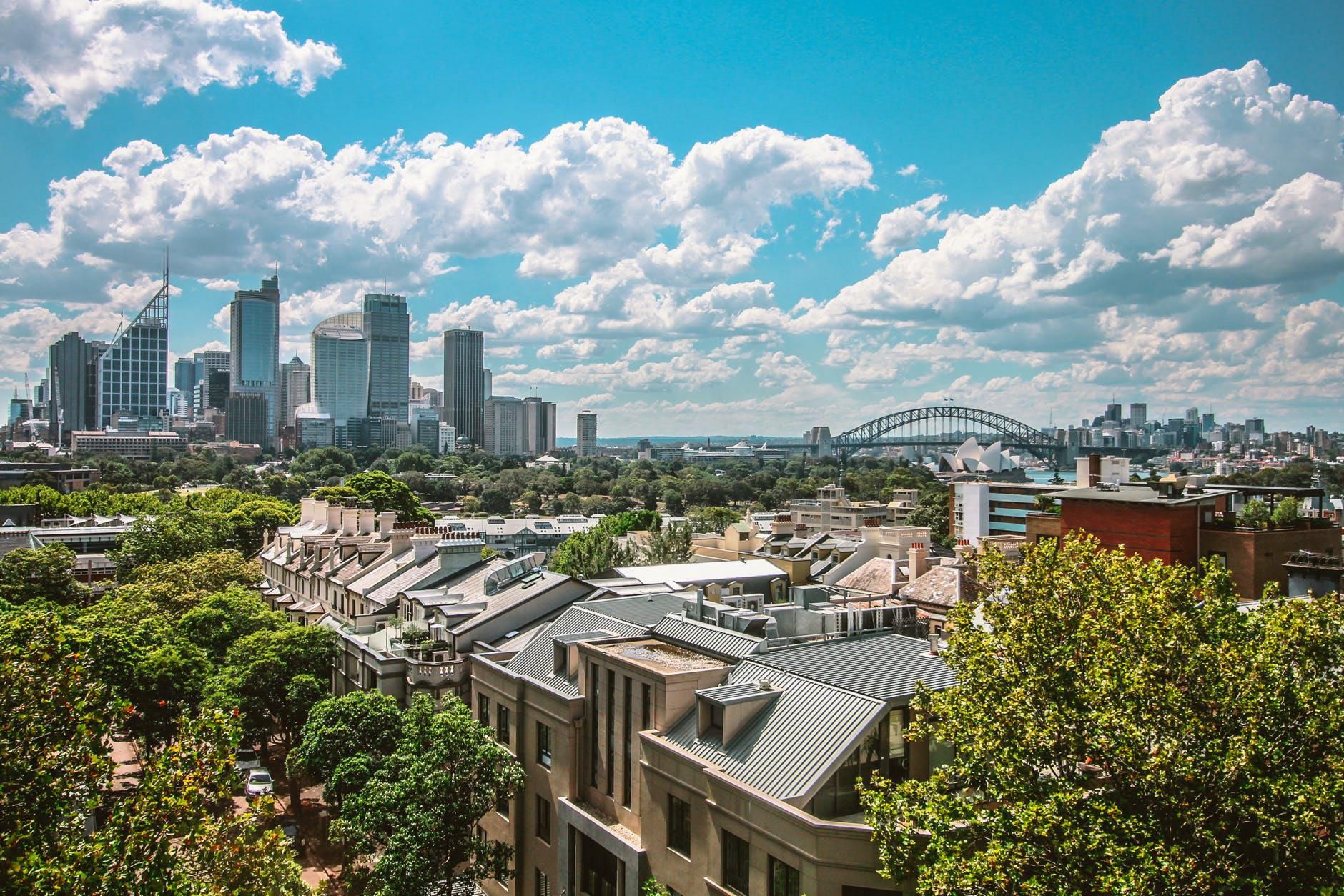Property slump expected to clear as interest rates dive to historic low

Introduction:
The Nation’s central bank is struggling to extend a record of 28-years without a recession against increasing obstacles mounting that include a housing slump and low wages. Australiain economist and current Governor of the Reserve Bank of Australia Philip Lowe justified cutting rates for the first time in three years, stating that the easing of monetary policy would aid in supporting employment growth and give a much needed public confidence boost that inflation will remain consistent with the medium term target. In light of recent international trade uncertainty, this move follows suit with many of the other central banks around the world who have adopted a more accommodative stance in the case of global economy stutters.
Housing market effect:
For the first time since 2017, Sydney and Melbourne property values received unprecedented increases amid signs that the re-election of the Morrison government and large interest rate cuts have rekindled confidence within the housing sector. From peak to trough, Sydney’s housing prices fell over a staggering 14.9 percent and Melbourne’s 11.1 percent; however, the small but albeit welcomed price increase will be enough for most to declare the two-year property slump finished.
This turnaround in Australia’s two largest property markets has thus far been ineffective at lifting the rest of the countries property prices, with data provided by CoreLogic measure of values displaying sharp falls for property markets located in Adelaide, Perth, Brisbane and Canberra.
Economists and housing experts have attributed the end of the property slump to the approaching end of the oversupply of housing, with the forces of supply and demand predicted to return to balance towards the end of 2019. While low interest rates will undoubtedly sway consumers to the housing markets in pursuit of low-interest loans and mortgages, bigger forces such as the post royal commission lending caution from banks may limit a fresh surge in housing prices.
Shane Oliver, Chief economist at AMP warns that although home prices may be tantalisingly low, they remain likely constrained and are still risky investments.
"The situation today is very different to 2011 when the RBA first started to cut rates in this interest rate cutting cycle which in turn helped unleash booming conditions in the NSW and Victorian economies."
Mr. Oliver believes that 2011’s rapid growth in debt perpetuated by relaxed bank lending standards in an environment of undersupplied property markets fuelled many of the rapid rises experiences across the Sydney and Melbourne property prices. Moreover, Mr. Oliver reiterated that meaningful rise to unemployment could potentially caused forced property sales and bring about another fall in house prices.
"So while capital city average prices are likely to bottom by year end, we don’t see a return to boom time conditions but rather expect broadly flat home prices through 2020."
As the dust settles on the new interest rates imposed RBA, experts are beginning to take an optimistic - albeit cautious view on the housing market. But it comes as no surprise that it will take years and sustained economic growth for markets to hit anywhere near the levels of 2017 again.
Interested in the Property Management? Check out the Property Management summit going on at the Sydney Build Expo 2020!

